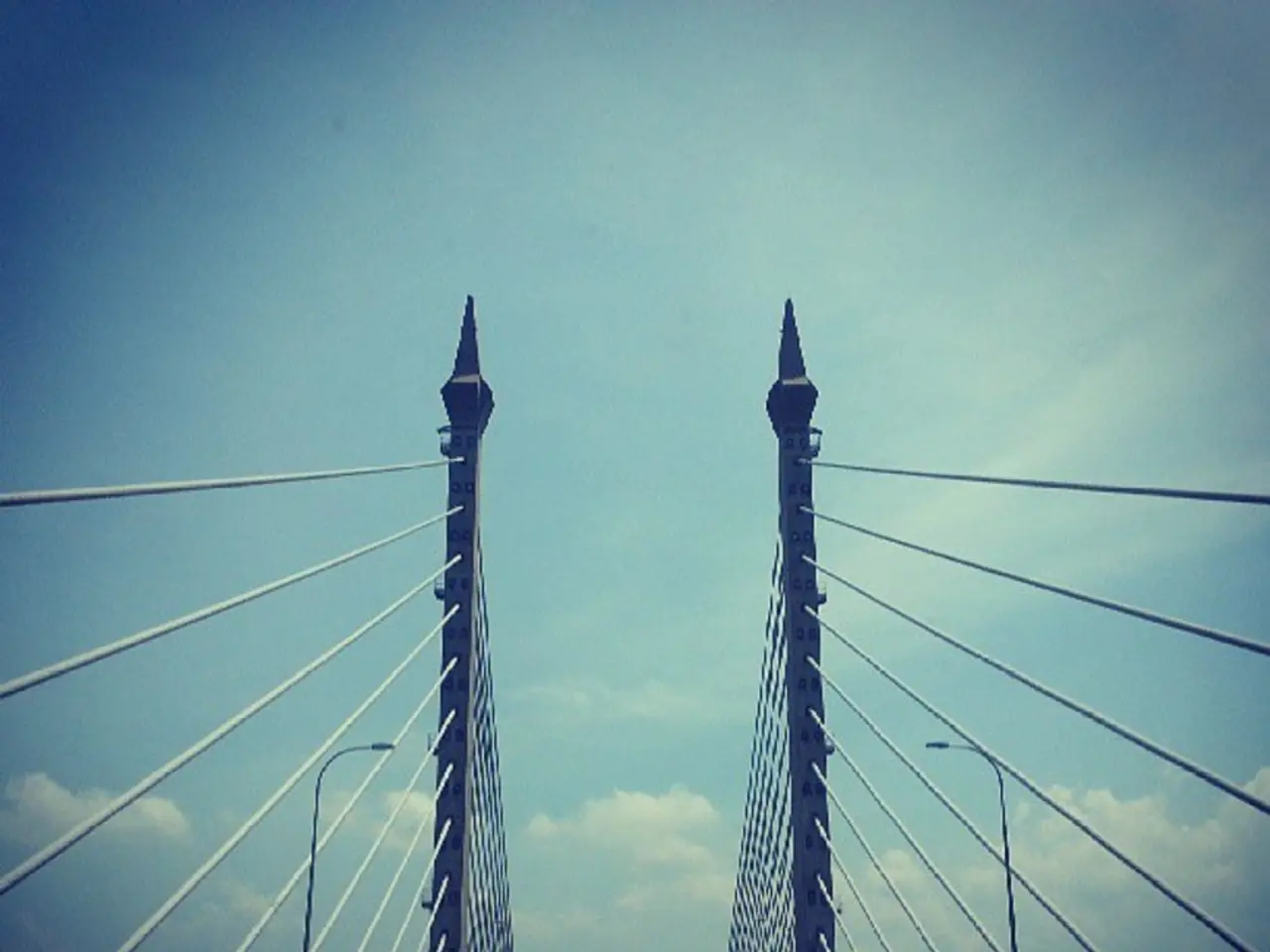Unusual Features on Google Maps: Peculiarities at the Poles
Hey there! Let's tackle a weird little question you've got: why doesn't Google Maps show the North Pole?
The answer's pretty simple, actually. See, our Earth ain't exactly a flat disc, and neither is Google Maps. It uses a projection scheme called the Mercator, which squashes and stretches our round Earth into a flat 2D map. Since the poles are at the very top and bottom of this squished Earth, they get all wonky and stretched to infinity when flattened out. It's like trying to shove a round pizza into a square box. It just ain't gonna work out real nice.
Now, what about Google Earth, that 3D globe thingy? Well, it's still bound by the same satellite imagery limitations as Google Maps. Satellite images are wrapped around this 3D sphere, and just like the 2D version, they can't accurately depict the North Pole. So, even in all its 3D glory, Google Earth's image quality ain't any better near the North Pole.
To put it simply, all maps gotta compromise accuracy when they try to flatten a round planet into a flat screen, and satellite imagery also struggles to capture the North Pole properly due to environmental factors like cloud cover, low resolution, and the way the Earth's curvature shrinks the circumference at high latitudes.
So, there you have it. It's not a conspiracy or a glitch; it's just the nature of how we make maps and the limitations of satellite technology.
In the realm of satellite-based applications, Google Earth, being a 3D representation, still faces challenges in depicting the North Pole precisely due to the technology's limitations. The same can be said for various gadgets that rely on satellite imagery, as they struggle to accurately represent the area, often due to factors such as cloud cover and low resolution.








